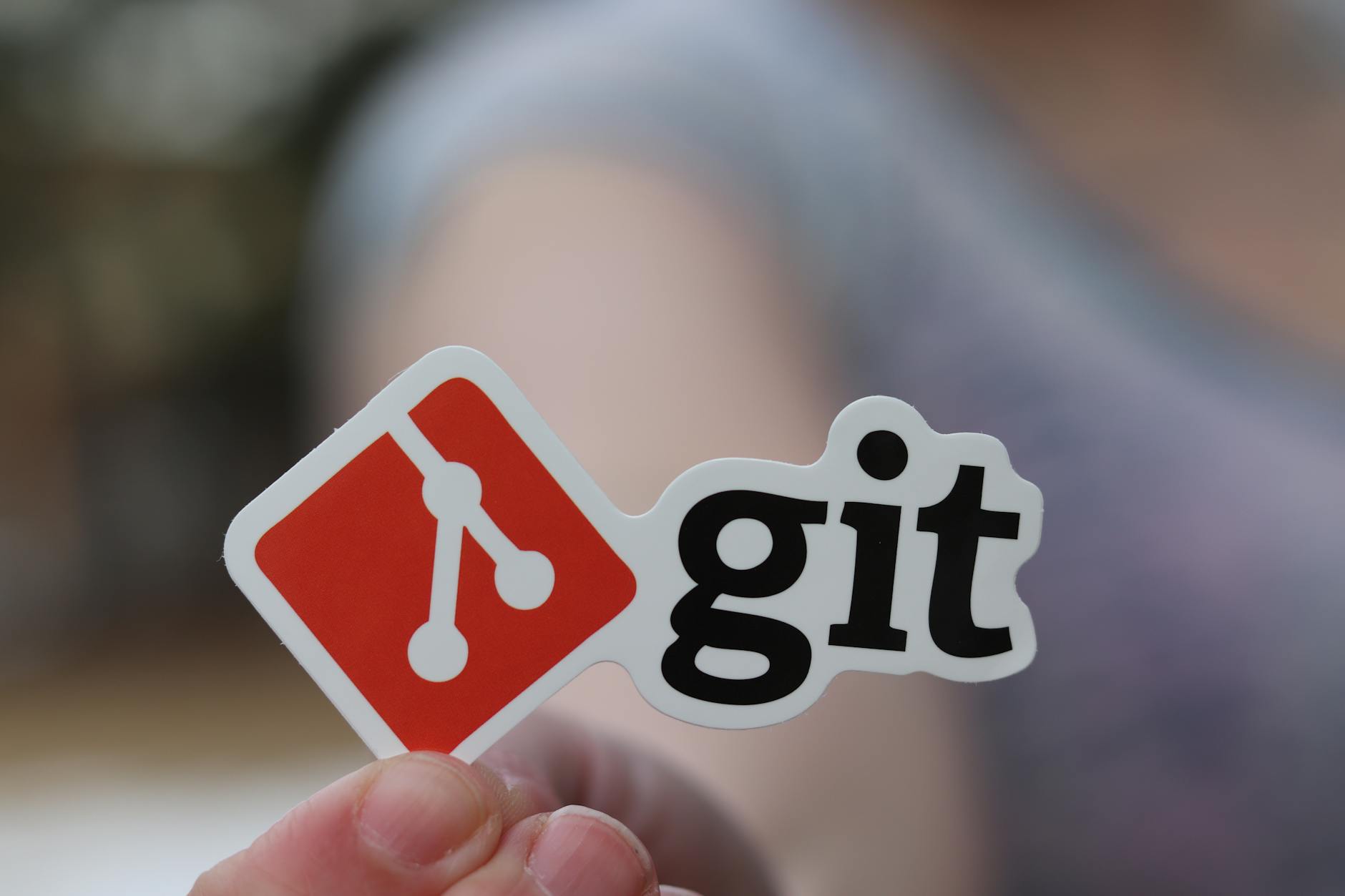Well, Sony must have done something right because it seems like everyone else is launching cameras to keep up with them. While it is hard to figure out what is up, here’s a quick analysis:
- Canon. Their main claim to fame is that they are compatible with existing Canon lenses, however, if you have “old” lenses, then be aware most can’t resolve at the 40 megapixels that is in the R series. In fact, most of the time to really get 40 megapixels, you are going to have shoot primes with a tripod and with electronic shutter only because shake is the problem. They also don’t have the dynamic range of a Sony and they are noisier. Sony makes their own sensors and that is a big advantage.
- Nikon Z. This is another catchup where again the main feature is compatibility with their lens sets with the same caveat that you need newish lenses to really care. They also are relatively slow in rapid fire mode and they have a banding problem that reduces their dynamic range.
- Fujifilm. They are taking a different route, the new 50S is $4.5K but is a 50 megapixel “medium frame”. The one to really drool over is their 100 megapixel monster shipping next year. That is going to require some serious steadying, but with the larger sensor size, they should really have low noise.
- Leica, Sigma L-mount. This is a new consortium with Olympus being notably absent also doing a new mount.
So it is basically raining new lens and formats. Wow, it’s hard to figure out what to buy, but one thing for sure, everyone is gunning for Sony A7 III and the A7R III. The Sony’s are best sellers now mainly because their lens quality has really improved. So what’s a person to do?
Well that’s a complicated question, but basic recommendations are for your main camera:
- If you already own late model Canon lenses, then you can extend the investment with the Canon R. That’s the main strategy here. Same if you have a big collection of pro late-model Nikon lenses.
- If you have older lenses, then things are clearer, for instance, the average age of my Canon lenses is now 10 years and pretty much they are best traded in. After all, how long do you expect things to last. It is pretty much true that unless you have incredible primes, most of the zooms have been replaced now. This leaves you free to try other things.
- If you have to have a camera right now, then that nod would have to go to the A7 III for most people since 24 megapixels is really enough. And getting a decent pro zoom, the classic is 24-70 F/2.8 is a good choice, it’s a good daily driver.
- If you will shoot high quality landscapes (me!), then the A7R III is a pain to use and is slower for sports, but it is still very decent. If you do this though, then you really should only get the finest prime lenses to really see the A7R III quality. (See the list of lenses to get below). Right now Adorama has availability and some nice bundles like an A7R III with a shoe mount shotgun microphone for $3K. Plus you get 2% off clicking through CashbackMonitor.com
Then there are lower end choices:
- iPhone XS or Huawei P20 Pro. Get a great phone with a great camera. Right now camera phones are so good, you really want one as your every day carry. The lens system on the iPhone XS seems really good by reviews. And the iPhone X that I have has remarkable quality. If you are an Android lover, then the Huawei P20 looks like a monster, it has three lenses no less and a larger sensor than most. Big pixels are the key to less noise as the XS and the P20 are showing. The P20 is a 40MP Bayer sensor and they have a dedicated monochrome sensor as well for depth estimation. It’s mainly a shame that it is basically impossible to buy in the US, but the Pixel 3 and Galaxy Note are not bad choices.
- Sony RX100 Mark VI. Optionally, get a pocketable large sensor camera. There are definitely times when you want say the Sony RX100 Mark VI or Mark V because the low light performance of a camera phone can’t a larger sensor (the Mark V) or where you need more zoom or want to shoot in 4K HDR (the Mark VI). These are the perfect cameras to just leave in your backpack or bag. They are light at 300 grams, but most importantly they augment a iPhone with much better low light performance. These can shoot basically noiseless at ISO 800. Get the Mark V if you want something that mainly deals with low light. Get the Mark VI if you want to shoot in 4K HDR or want a travel system that works well in daylight up to 200mm.
- If you really want to go high, high end, then you can pair that with a Fuji 100 megapixel that is coming out next year. Expect to pay $6.5K for the body and lens are going to be out of the world expensive. And you will have to decide what to do about manufacturer as there are going to be lots of different vendors and the mounts will not be compatible.





